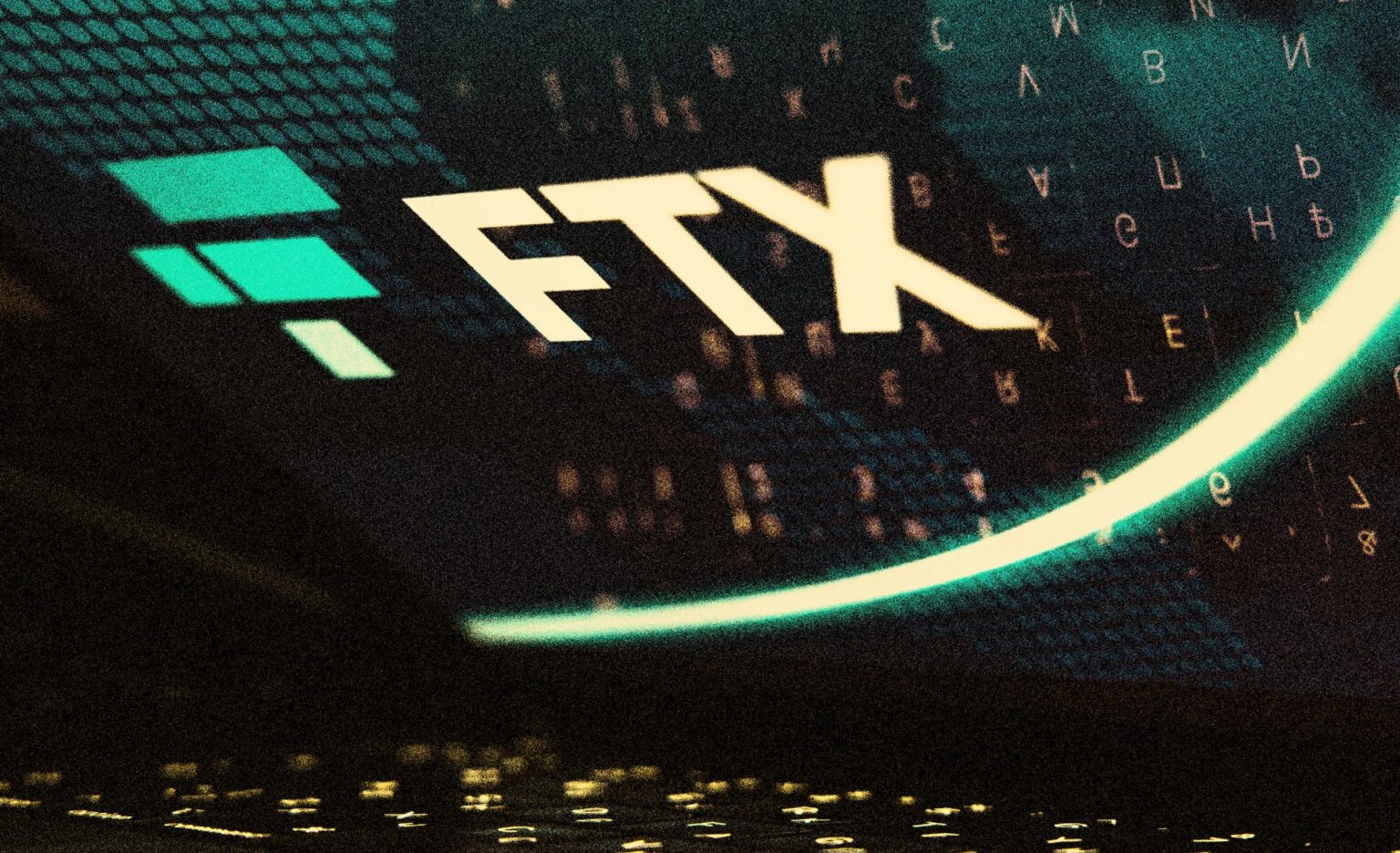In the ever-evolving landscape of cryptocurrency and blockchain technology, the quest for transparency and accountability takes center stage. The saga surrounding the FTX Recovery Trust and its efforts to compensate creditors is one such narrative that captures the attention of investors and enthusiasts worldwide. Following the exchange’s dramatic downfall in late 2022, efforts to rebuild trust and recover assets have been ongoing. As we delve into the intricacies of this recovery process, it’s essential to understand the mechanisms of payout distribution, the nuances of claim verification, and the prevailing concerns about fairness. Let’s explore how this monumental effort is reshaping the future for those affected by one of the most significant crypto bankruptcies ever recorded.
FTX Recovery Trust: Navigating the Complex Road to Compensation
Understanding the Allocation of Creditor Payouts
As the FTX Recovery Trust prepares to disburse an additional $1.6 billion by the end of September, attention turns to how these funds will be allocated among different classes of creditors. U.S. account holders are set to see their recovery reach nearly 95%, following a 40% boost in the upcoming distribution. Meanwhile, international customers associated with the global component of the platform will have their recovery incrementally raised to approximately 78% with a 6% additional payout.
General unsecured creditors, including those with digital asset loans, can expect a 24% increase, elevating their total claim recovery to about 85%. Convenience claims, typically smaller and expedited for efficiency, are slated to receive an unprecedented 120% of their original value, reflecting efforts to swiftly settle uncomplicated claims and minimize administrative overhead.
The Critical Role of Verification and Distribution
Claimants must navigate a thorough verification process to ensure the smooth release of funds. The trust has emphasized the importance of ensuring all necessary steps are completed promptly, including selecting a preferred payment method. This preparation is crucial to avoid potential delays in fund distribution, which will occur through platforms such as BitGo, Kraken, or Payoneer.
The forthcoming distribution marks another step forward in the ambitious plan to return up to $16.5 billion in assets to FTX’s creditors. Yet, those affected continue to voice concerns over the valuation freeze reflecting prices from November 2022, when major cryptocurrencies like Bitcoin and Ethereum were valued significantly lower than projections for 2025.
Addressing Concerns Over Equitability in Recovery
The disparity between convenience claims and larger claims raises questions about the equitable nature of the distribution strategy. While expeditious payments for smaller claims are instrumental in streamlining the process, larger creditors argue that their settlements should consider the stagnant valuation of their digital assets. This contention is particularly pronounced among international creditors facing more significant legal hurdles than their U.S. counterparts.
As the process moves forward, the $1.6 billion allocation in September serves as a significant milestone, although it falls short of resolving all disputes surrounding the bankruptcy. With substantial payouts already executed in preceding rounds, there remains considerable pressure on the trust to maintain momentum and restore financial stability to those impacted.
Is FTX’s Recovery Process on Track for Success?
The recovery process has seen measured progress with consistent payouts, but challenges remain in fully addressing all creditor concerns. While steps are being taken to compensate losses, the broader impact and long-term effectiveness will depend on future developments.
How are FTX Creditors Ensuring Accurate Payouts?
A meticulous verification process is in place to assure accuracy. Creditors must choose their payment method and finalize all necessary steps to avoid delays, ensuring funds are distributed efficiently once released.
What Lessons Can Be Learned from the FTX Bankruptcy?
The FTX bankruptcy underscores the critical importance of risk management, transparency, and regulation in the cryptocurrency market. Future ventures can glean invaluable lessons about the repercussions of inadequate oversight.
Through steadfast adherence to transparency and strategic payouts, FTX’s Recovery Trust aims to set a benchmark for how entities can navigate the challenging path of cryptocurrency insolvency, offering a blueprint for recovery and restitution in the digital financial space.

